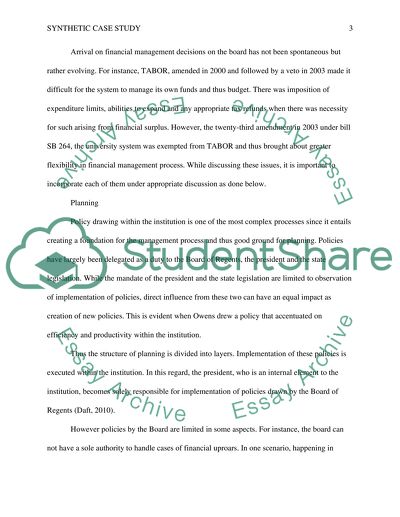Cite this document
(“Synthetic Higher Learning with Three Branches Research Paper”, n.d.)
Retrieved de https://studentshare.org/education/1392402-synthesis-case-study
Retrieved de https://studentshare.org/education/1392402-synthesis-case-study
(Synthetic Higher Learning With Three Branches Research Paper)
https://studentshare.org/education/1392402-synthesis-case-study.
https://studentshare.org/education/1392402-synthesis-case-study.
“Synthetic Higher Learning With Three Branches Research Paper”, n.d. https://studentshare.org/education/1392402-synthesis-case-study.


